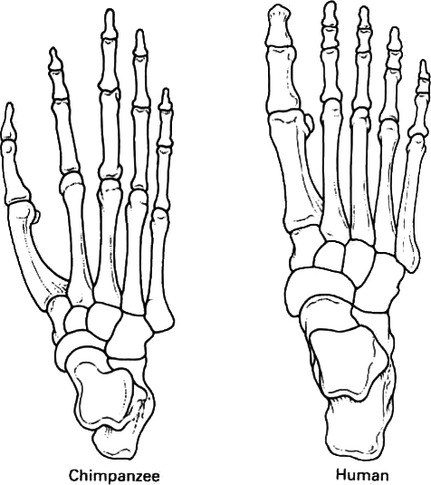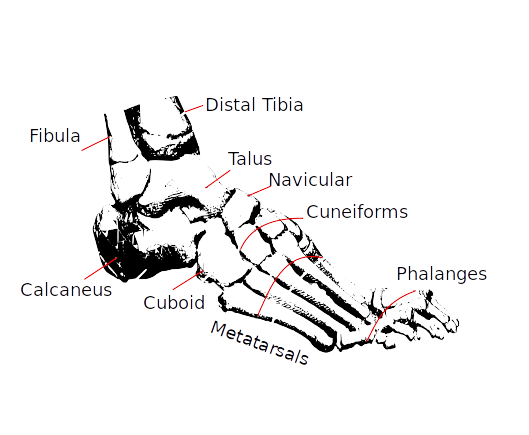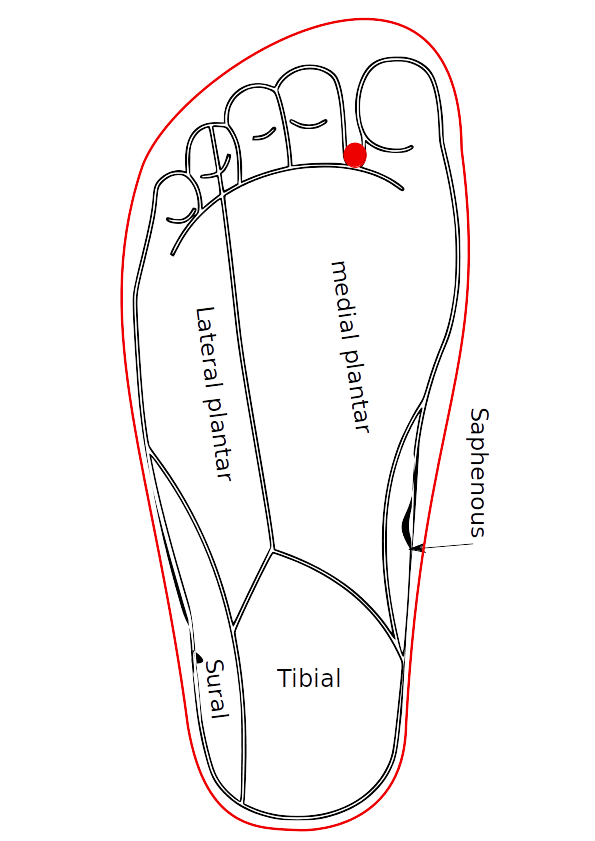Designing comfortable footwear is not about the latest technologies, it’s in the first place about understanding the principal concept of the human feet.
The human foot is a structure with twenty-six bones, joints, muscles and ligaments, and the foot plantar surface. The plantar surface is been equipped with four kinds of layers and a vast sensory distribution system, which reflexes any external circumstances back to our brain. By doing this, it adapts and changes our gait. This makes it quite difficult to create the “perfect” shoe because we don’t just have to convince our right hemisphere with a creative shoe design, we also need to convince the left hemisphere that the shoe fits perfectly our feet. About shoe fitting later, now let’s get first a better understanding of the human feet.

Through evolution from Chimpanzee to homo sapiens, we have seen major changes in the development of our bodies and especially of our feet. Its entire structure has changed for thousands of years. The pronounced long arch of the human foot is a key structural feature that distinguishes our feet from those of other primates and our common ancestors. Our natural walking style (gait) has been developed and changed through millions of years of evolution.

The above image shows the main bones and -groups of a human foot. It is not necessary at this point to elaborate on the individual bones and their tasks, but let’s take notice here that some groups are marked with a curve because their circumferences are important for shoe fitting.
The plantar surface of the foot can be limited to just a few important parts. Remember that we use the terms ‘medial’ for inside and ‘lateral’ for outside in shoemaking.

As mentioned above, through the sensory system of the plantar surface our brain is receiving impulses and our brain reacts to this information by adjusting posture and gait according to any given circumstances. By walking over a rough surface with lots of sharp stones, our feet will adjust this task and opt for a careful forefoot stance. While walking on the beach the feet will opt for a brisk heel strike. The brain receives the impulses and reacts with intelligence and the motto “let’s move forward and avoid pain”. What the sensory system can’t distinguish is: why we are receiving a particular feeling? Like for the impulse of “soft-touch”. Are we walking barefoot on the beach or are we wearing soft cushioned footwear and walking on the streets? Our brain will just react to “soft-touch” and unconsciousness adapt to heel-strike because our mind remembers that heel-strike has always avoided pain in this situation.
The foot plantar surface reacts to every change of the external conditions, but especially it alters the human stance through three conditions:
- Heel height
- Surface contact (harsh or soft, rough or fine, etc.)
- Footwear shape
The heel height alters any gait. The gait is altering and changing from heel strike with flat heels up to a forefoot whopping style, similar to a stork, as we see with fashion models walking on the ramp. Certainly, we have to appreciate their balancing skills.
Shape and form of the footwear are making an optical distinction, but they are also having major importance for comfort and fitting. Up to today, there is no technology in place, which can observe and empathize the movement of the feet inside a shoe and how do the feet exactly change form and shape to fit the shoe. If it wouldn’t change accordingly then all shoes should have the same shape of feet. Sensors can only measure expansions under pressure, but no technology could exactly follow the expiration of muscles from the feet while wearing footwear. Even with this vast technological development, there is no robot or software available, which can imitate this sensory system of the human plantar surface. Well-designed shoes must always support the feet.
Our feet, with their intelligent plantar-surface system and their flexible bone structures, are adjusting to almost any kind of footwear, even to extreme high heels, if the feet are not squeezed into the shoes and the toes having enough room for expansion. Different types of shoes are also developed for appropriate locations, so the feet can feel comfortable, but running the entire day with high heels through shopping malls is a misuse of high heels. The feet will get tired, losing their grip, getting blisters and over longer periods they will develop serious diseases like bunions or hammertoes and this is not the problem of wrong footwear. Customers need to become more sensitive.
The Egyptians certainly had different ideas when they developed the first sandals around 1500 b.c.: To protect the feet properly, the entire area of the plantar surface had to be covered and adding some extra allowances, so that the feet are also protected against bumps. Finally adding a provision for a toe-holder between the toes and ready is our first sandal-sole (see image above)!
Sandal designing might look quite trivial, especially for the beginner, but without a profound understanding of the locations of the important bones of the feet, there can’t be any functional design concept created. If the sandal straps are wrongly positioned, even a few millimeters and the upper straps are hampering the foot in its flexibility and can create painful frictions – making the sandal very uncomfortable.
In the next part, we will have a closer look at the shoe last. In case you’re new to shoe design, you might like to look first at this site: http://www.agleathers.com/shoe-guide/shoe-last/ to get a basic idea about a shoe last. This site about shoe components might be interesting also: http://www.agleathers.com/shoe-guide/shoe-components/
